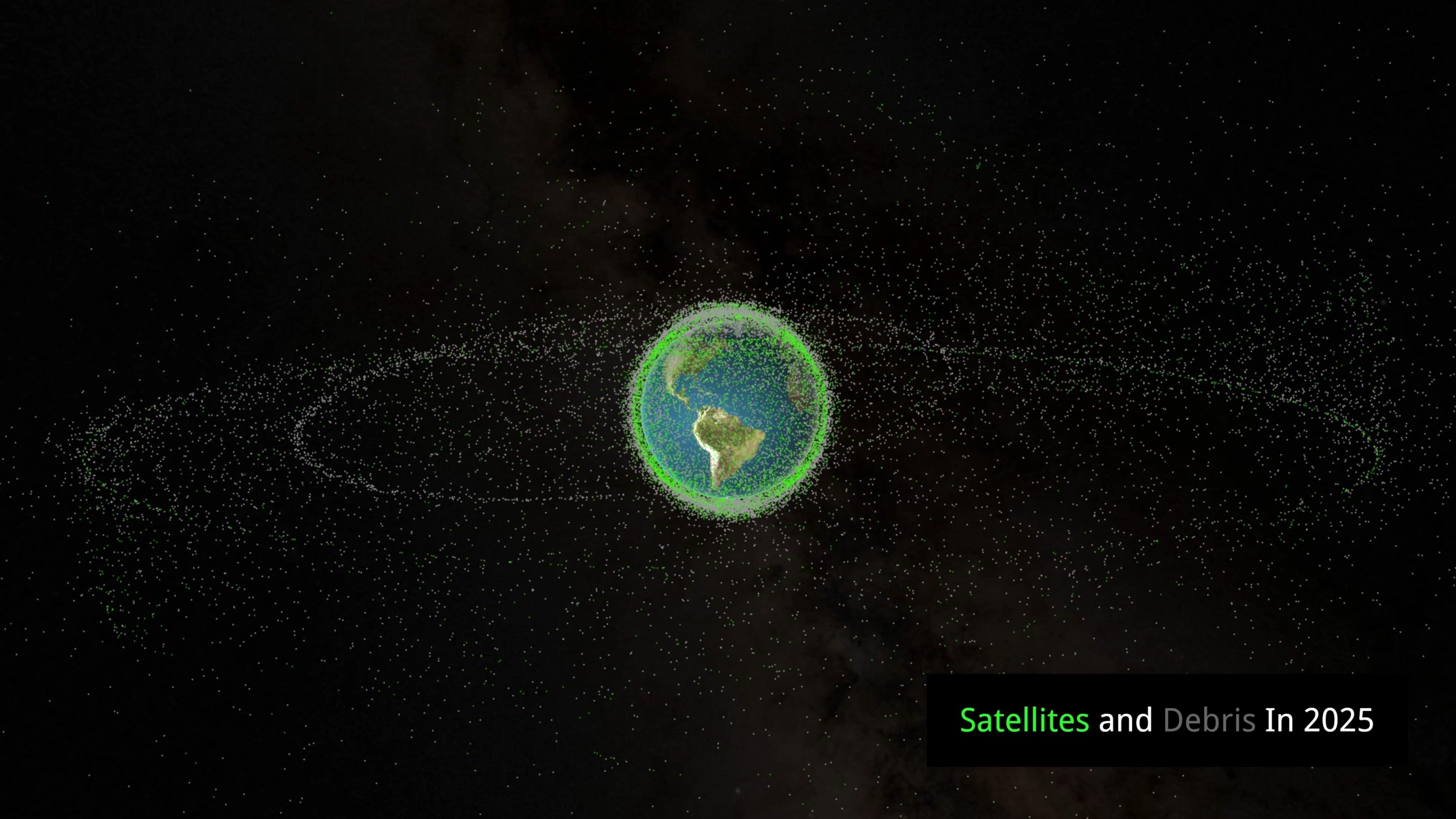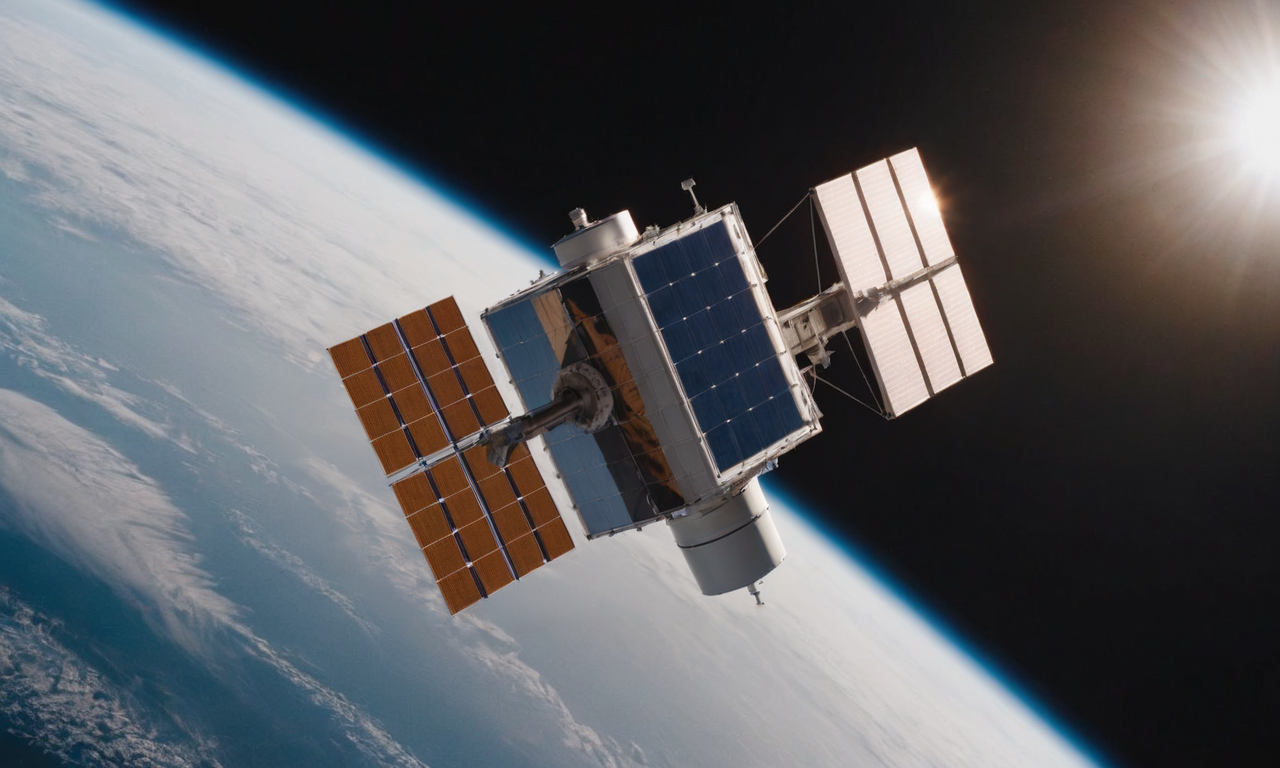· space brief · 5 min read
Space Brief 23 Jan 2025
Today's briefing covers the U.S. Space Force's substantial investments in commercial satellite services, a strategic military shift, Chinese space station upgrades, and NASA's policy changes.

📄Top Stories
In a significant move, the U.S. Space Force is set to invest $2.3 billion in commercial satellite services, focusing on maneuverable geostationary satellites. The Chinese space station Tiangong received crucial debris shielding upgrades during an 8.5-hour spacewalk. NASA is shuttering its diversity offices to comply with a recent executive order, marking a significant policy shift. Concurrently, the Army is reevaluating Microsoft’s massive IVAS production deal, signaling potential changes in military tech procurement strategies.
📰Detailed Coverage
U.S. Space Force Plans Major Investment in Satellite Services
The U.S. Space Force has announced plans for $2.3 billion in commercial satellite services contracts, aiming to leverage the agility of maneuverable geostationary satellites. This investment, set as the largest opportunity in the program, underscores the military’s growing reliance on commercial satellite solutions to enhance operational capabilities and ensure security in space.
This initiative could significantly impact the satellite tracking landscape, influencing the demand for advanced tracking tools and services, which are available in real-time on our web app for users keen on monitoring such developments.
Read the full story: SpaceNews
Chinese Astronauts Safeguard Tiangong Space Station
On January 20, Chinese astronauts completed a successful 8.5-hour spacewalk to install debris shields on the Tiangong space station. This effort aims to protect the station from the increasing threat of space debris, a critical concern for all missions in low Earth orbit.
The upgrades demonstrate China’s commitment to maintaining the safety and longevity of its space assets amid a growing space debris challenge. The Tiangong developments are a substantial indicator of evolving strategies in managing space environments, necessary for safe satellite operations.
Read the full story: Space.com
NASA Adjusts Internal Operations in Line with Executive Orders
NASA is closing its diversity offices as part of a new executive mandate, aligning with broader governmental policies. This closure represents a notable shift from previous strategies aimed at fostering diversity within the agency’s workforce.
The decision highlights ongoing shifts in public administration policies affecting federal agencies, raising questions about the long-term impact on talent acquisition and retention in space exploration efforts.
Read the full story: SpaceNews
Army Reviews Microsoft’s $22 Billion IVAS Deal
The U.S. Army has initiated a potential recompete of Microsoft’s substantial $22 billion Integrated Visual Augmentation System (IVAS) production contract. With a request for information now issued, the Army seeks input from the industry to reshape its procurement approach to this next-generation tech.
This recompute could potentially reshape how military operations integrate advanced virtual reality technologies into combat and training scenarios, focusing on enhancing efficacy and adaptability in diverse environments.
Read the full story: Breaking Defense
🛰️Satellite Spotlight
- Satellite Name: IRIDIUM 36
- NORAD ID: 24967
- Launch Date: 1997-09-27
- Mission: Part of the Iridium constellation, providing global satellite communications.
- Orbit: Inclination 86.3942°, Period 100.18 minutes, Eccentricity 0.0002144
- Operator: IRIDIUM Communications Inc.
- Fun Fact: IRIDIUM 36 is part of one of the first fleets to offer commercial satellite voice and data communications through handheld devices.
Current TLE Data:
1 24967U 97056C 25022.52394884 .00000992 00000+0 32600-3 0 9992
2 24967 86.3942 234.1408 0002144 92.7175 267.4268 14.37366834431295Track this satellite in real-time on our web app: Track IRIDIUM 36
🚀 Upcoming Space Launches
January 23
- China Aerospace Science and Technology Corporation Long March 3B/E:
- Unknown Payload from Xichang Satellite Launch Center, People’s Republic of China (15:22 UTC)
January 24
- SpaceX Falcon 9 Block 5:
- Starlink Group 11-6 from Vandenberg SFB, CA, USA (13:54 UTC) A batch of satellites for the Starlink mega-constellation - SpaceX’s project for space-based Internet communication system.
January 25
- China Aerospace Science and Technology Corporation Long March 8A:
- Demo Flight from Wenchang Space Launch Site, People’s Republic of China (09:53 UTC) Demonstration flight of the Long March 8A rocket with upgraded first stage and boosters engines, and a new larger liquid hydrogen/liquid oxygen second stage with new YF-75H engines derived from ones used on the Long March 5.
January 27
- SpaceX Falcon 9 Block 5:
- Starlink Group 12-7 from Cape Canaveral SFS, FL, USA (19:21 UTC) A batch of satellites for the Starlink mega-constellation - SpaceX’s project for space-based Internet communication system.
January 29
- Indian Space Research Organization GSLV Mk II:
- IRNSS-1K (NVS-02) from Satish Dhawan Space Centre, India (00:53 UTC) This is a replacement satellite for the Indian Regional Navigation Satellite System. The constellation will provide India with an alternative to GPS and will be used for military and civilian use.
- SpaceX Falcon 9 Block 5:
- SpainSat NG I from Kennedy Space Center, FL, USA (03:34 UTC) First of two new-generation satellites built by Airbus to provide secure communications to the Spanish government, its allies, and various international organizations.
January 30
- SpaceX Falcon 9 Block 5:
- Starlink Group 12-3 from Cape Canaveral SFS, FL, USA (10:44 UTC) A batch of satellites for the Starlink mega-constellation - SpaceX’s project for space-based Internet communication system.
February 1
- Mitsubishi Heavy Industries H3-22:
- Michibiki 6 (QZS-6) from Tanegashima Space Center, Japan (08:30 UTC) QZSS (Quasi Zenith Satellite System) is a Japanese satellite navigation system.
February 3
- Rocket Lab Electron:
- IoT 4 You and Me (Kinéis 16-20) from Rocket Lab Launch Complex 1, Mahia Peninsula, New Zealand (20:43 UTC) Fourth batch of five satellites for the French Kinéis IoT constellation designed to operate with 25 nanosatellites of 30 kg each.
Note: Launch dates and times are subject to change due to technical or weather considerations.

Maurice Stellarski





